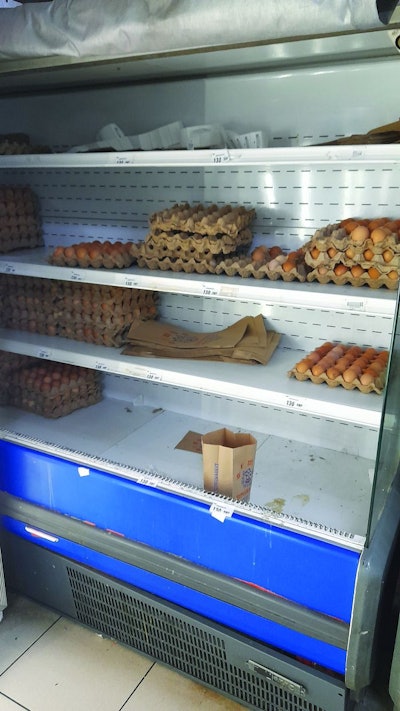
Perceptions are often realities for consumers, and this is as true in Africa as it is anywhere else.
Average annual egg consumption on the continent is 44 eggs per person. With Africa being home to 17.2% of the global population, and with its egg output contributing only 4.1% to the global total, there is certainly room for improvement, so what is holding the industry back? Might how eggs are perceived be part of the problem?
Countries such as Mozambique lack the necessary infrastructure to support the development of a strong egg sector, with no breeder flocks or commercial hatcheries. However, other Sub-Saharan countries, including Kenya, Malawi and Zimbabwe, have a solid infrastructure to support egg production. Nevertheless, the average annual per capita egg consumption in some of these countries is declining.
The situation, however, does not have to be like this.
The example of Rwanda
Take, for example, Rwanda, which experienced a 67% increase in egg consumption between 2010 and 2020. This increase, however, needs to be seen in context, as it means that the local population increased its egg consumption from six to 10 eggs annually, but progress is occurring.
Fortunately, the Rwanda Poultry Industry Association (RPIA) is supporting its membership with various capacity building sessions, and, on a recent visit to the country to participate in the VIV Africa trade show, I had the opportunity to better understand the challenges faced by egg producers.
Most of the country’s egg production is cage-free, as producers do not have sufficient funds to invest in modern and efficient cage systems. Nevertheless, productivity is good, and producers are well-supported by feed mills, breeder flocks and hatcheries.
Perhaps the real challenge for growth is on the consumption side, particularly consumer awareness of the nutritional value of eggs. Producers need to be equipped to help the public understand this.
At a RPIA farmer training meeting, it became evident that producers do not really know about the fantastic nutritional value of their produce. Few knew about the quality of egg proteins, either in terms of composition or bioavailability.
Myths continue to cloud views on egg consumption. One egg producer reported that she only ate two eggs per week as she believed that eggs were for "white people," a likely stigma remaining from colonial times.
A visit to a grocery store, located in the capital city Kigali’s embassy district, further confirmed the awareness and appeal theory behind this low egg consumption.
The store offered the same Fast Moving Consumer Goods that can be found in most supermarkets in Europe or North America, all well stocked and displayed. The egg counter, however, was rather a disappointment.
Eggs are often sold in African informal markets by the piece. This practice still dominates in many countries. Despite this, in this particular store, branded cartons would have been expected. Instead, eggs were displayed on simple pulp trays and, similarly, sold by the piece, with a mere small paper bag available to take them home.
Will consumers really believe that they are being sold a nutritional jewel when being sold in this way? Likely not.
As I mentioned at the start, perceptions are often realities for consumers. The branding and marketing of eggs in Sub-Saharan Africa needs work.
And let us not forget that there are 48 countries within the Sub-Saharan region, and that 36 of them are categorized as Low-Income Food Deficit Countries, meaning that local food production and import ability are insufficient to meet the nutritional needs of local populations.
Excluding South Africa, where average egg consumption is about 159 eggs per year, the average for the remaining Sub-Saharan countries is 24 – or only 2 eggs per month. The law of averages would suggest that in many of these countries the number of eggs consumed falls to less than one a month.
There’s certainly work to be done.

















